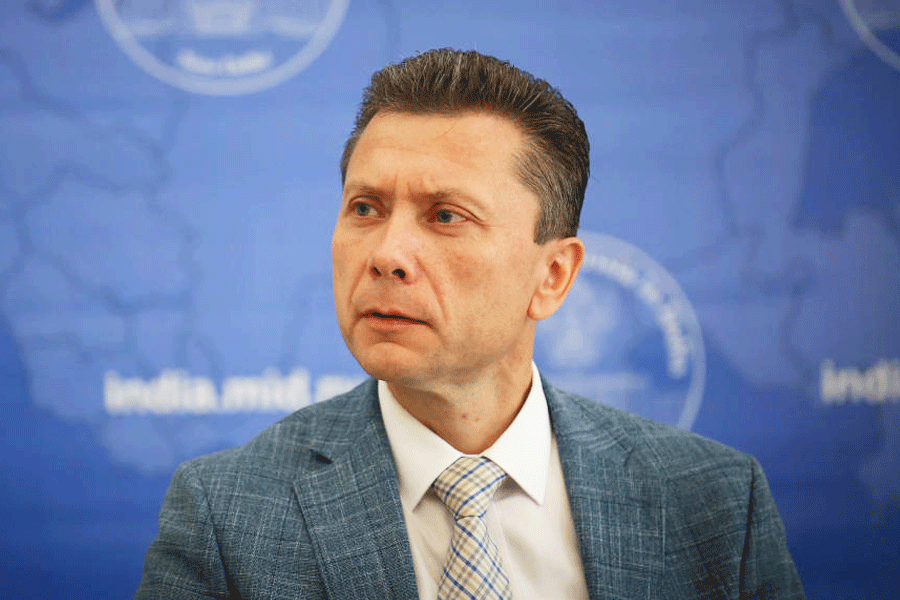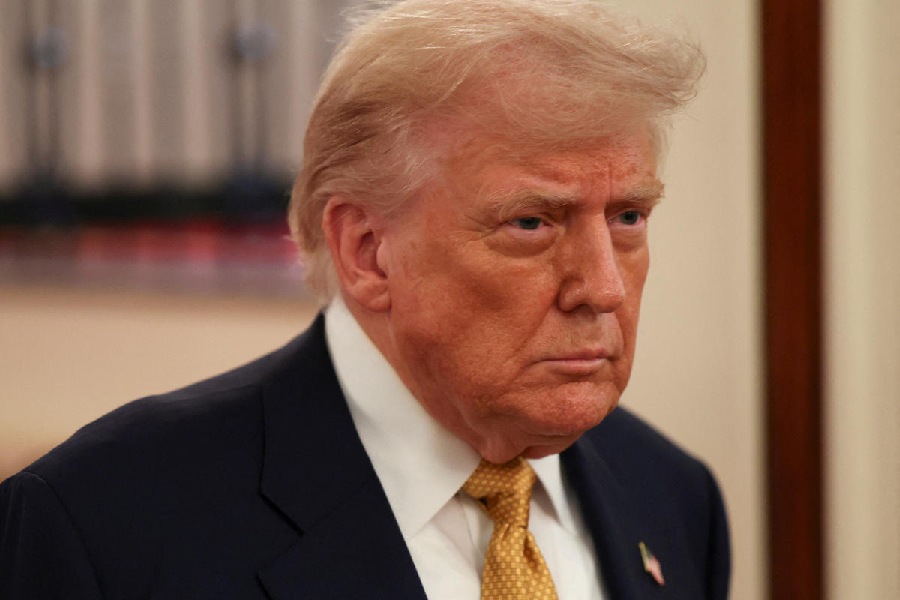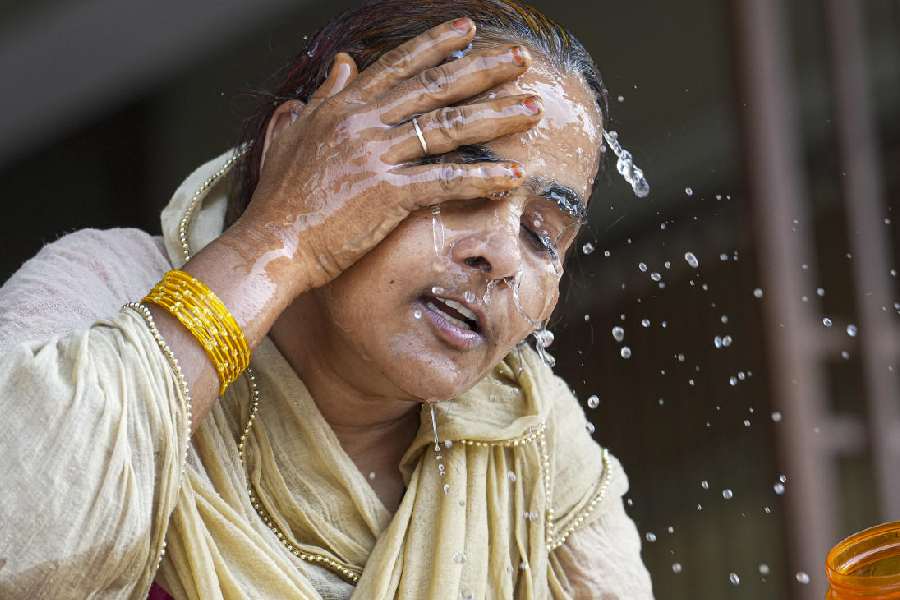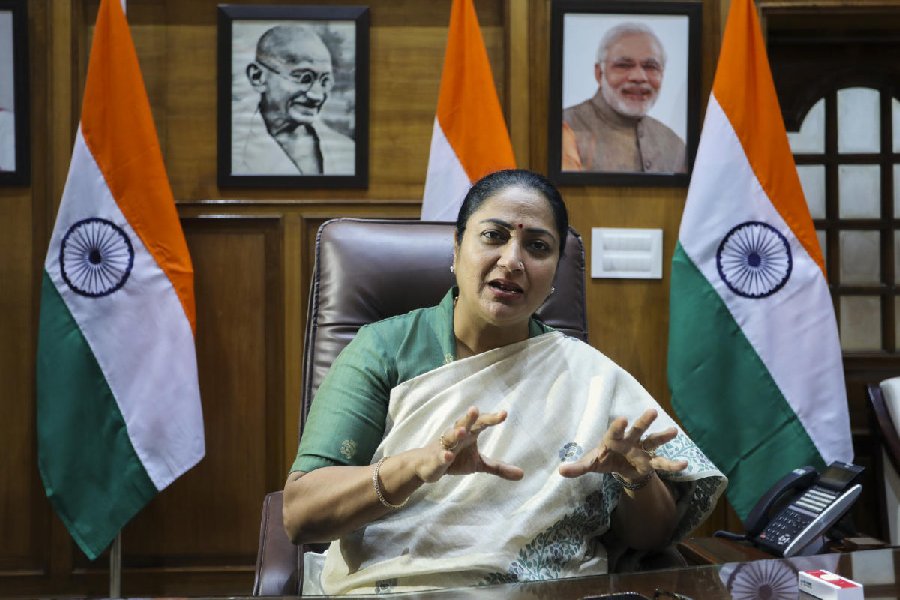 |
| Gandhi |
New Delhi, July 7: Like freedom, the good news on its chief architect too came at midnight.
“Kallenbach-Gandhi papers have been irrevocably sold to Indian government,” said the email from auction house Sotheby’s to the culture ministry.
After fours years of anxious negotiations and media glare, the ministry officials could finally breathe easy last night. It had been a narrow escape, for the potentially controversial correspondence was to be auctioned in London on Tuesday.
But now, the letters exchanged between Gandhi and close friend Hermann Kallenbach (1871-1945), a German-born Jewish South African architect, are on their way to Delhi and will be kept inside the thick walls of the National Archives of India.
The letters had shot to limelight when Kallenbach’s descendants — his son Eli Sarid and niece Isa Sarid — decided to give them up for auction to Sotheby’s. A hint of scandal was added last year with the publication of a book by Pulitzer-winning journalist and author Joseph Lelyveld.
Great Soul: Mahatma Gandhi and His Struggle With India was deemed by some to have insinuated that Kallenbach and Gandhi shared a homosexual relationship, though Lelyveld denies having suggested this.
The Indian government has now clinched a deal with the Sarids through Sotheby’s. It will pay Rs 7 crore, a quarter of what the Sarids had initially demanded.
The decision to buy the letters, despite a 2010 policy not to take part in auctions, was taken at the highest level.
“Government would not encourage such (obviously commercial) motives by entering into the proposed auctions by participating directly and thereby further pushing up the auction value of the items under consideration, at the expense of the Indian taxpayer,” says the policy document.
But the framers had left some elbowroom. “We made the policy with the clarity that the government would not participate in auctions because that creates hype and automatically increases the price. But an individually negotiated or direct purchase cannot be ruled out,” former culture secretary Jawahar Sircar said.
Had the papers gone under the hammer, therefore, the policy would have made it difficult for the government to buy them.
Earlier, an expert committee had been formed to verify objects of interest to the government that surfaced for auctions anywhere in the world. It was headed by the director-general of the National Archives of India, Mushirul Hassan, and included the director of the Nehru Memorial and the vice-chairperson of the Gandhi Smriti and Darshan Samiti (GSDS), a museum.
In the last week of June, the panel visited London to verify the Kallenbach-Gandhi papers’ authenticity and later told the culture ministry they were of “eminent value”.
“The papers shed light on Gandhi’s early life in South Africa, one of the most creative phases in his political career. What you write to a friend or your family gives an insight into you,” Hassan told The Telegraph.
Kallenbach, who first met Gandhi in Johannesburg in 1904, had gifted him the plot in Durban’s Phoenix settlement that became the famous Tolstoy Farm. After Gandhi returned home, Kallenbach continued to visit him at the Wardha and Sabarmati ashrams.
Asked if the government was justified in spending so much money to get these letters, Hassan said: “There cannot be price tags attached to memory or symbols of our past.”
Ministry officials denied that the papers were procured under pressure because of the controversy created by Lelyveld’s book.
“All that controversy is rubbish. Kallenbach was a very close friend of Gandhi. They were dependent on each other. He was very generous to Gandhi, but in the same way as C.F. Andrews, E.P. Thomson or Mirabehn,” Hassan said.











